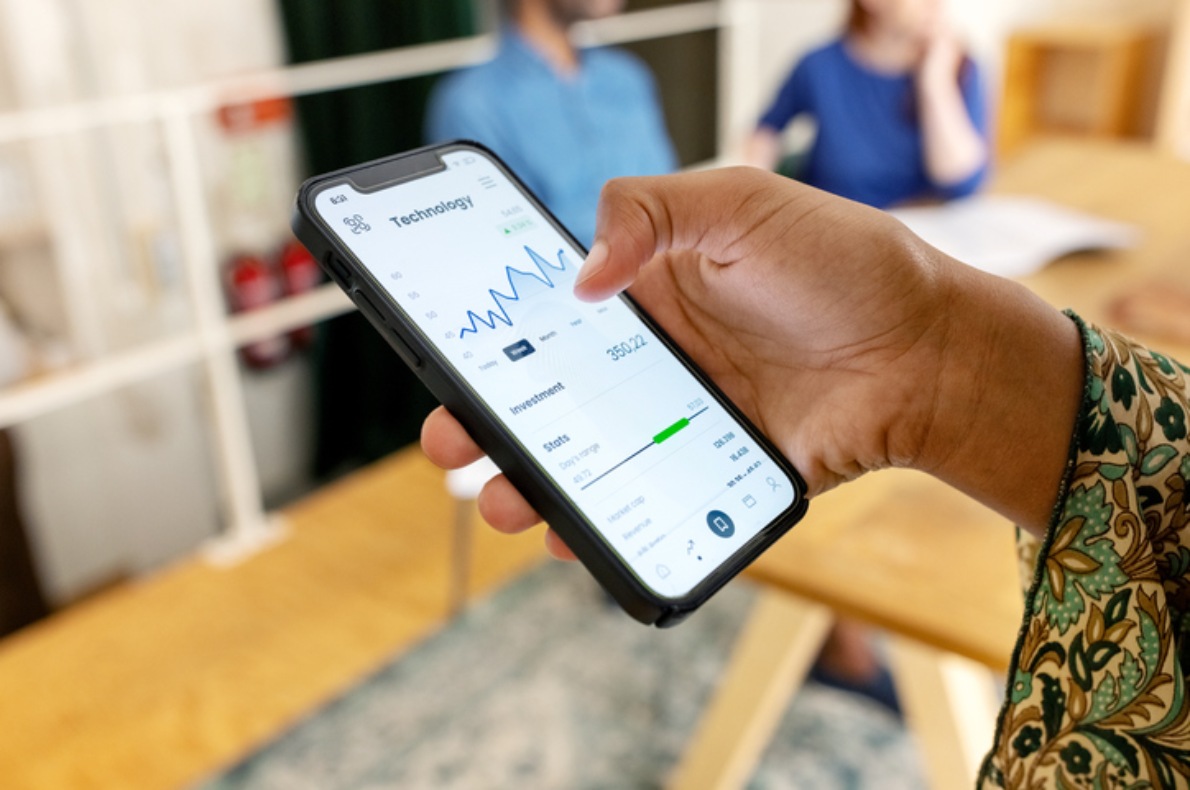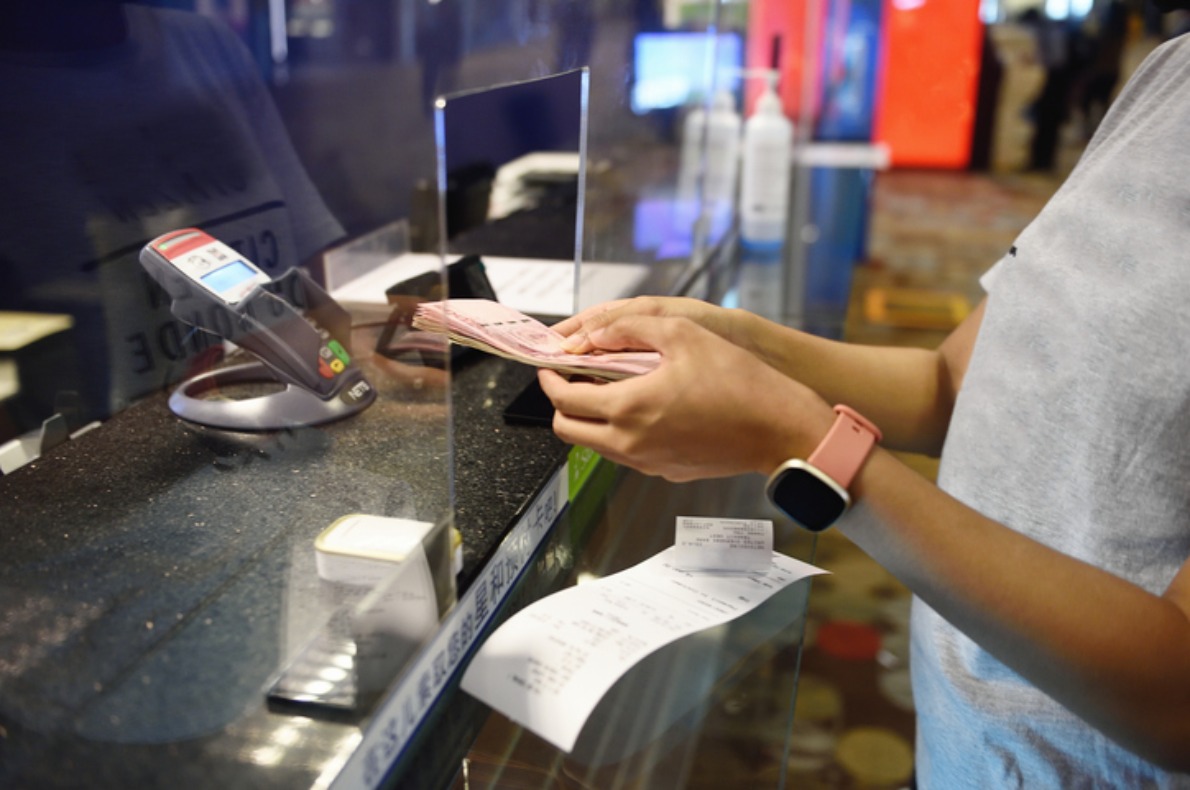A Handy Guide to Foreign Exchange Rates

Understanding foreign exchange rates can be like deciphering a cryptic code, but fear not! In this guide, we'll embark on an exciting journey to unravel the mysteries of currency exchange. Whether you're a seasoned traveller, an avid online shopper, or just curious about the financial world, mastering the basics of foreign exchange rates is a valuable skill.
What are foreign exchange rates?
Foreign exchange rates, or forex rates, represent the value of one currency in terms of another. It is the process of buying one currency and selling another with the goal of making profit. They're dynamic and influenced by a myriad of factors like economic indicators, geopolitical events, and market sentiment. For instance, when you see the exchange rate of 1 USD to 4.6 MYR, it means one U.S. Dollar is equivalent to 4.6 Malaysian Ringgit.
You might ask, where does forex trading even take place? In fact, there are no brick and mortar venues for trading. Instead, it is a series of connected trading terminals and computer networks. The other form of forex is one that we are all too familiar with - foreign currency exchange counters. This is where you would normally go to exchange money before a traveling to a different country. The rates that you see on the screens at these counters are directly impacted by the forex trading process.
The dance of supply and demand
Imagine the forex market as a bustling marketplace where currencies are bought and sold. Like any market, prices are dictated by the fundamental forces of supply and demand. If more people want a particular currency, its value goes up; if demand diminishes, so does its value. This constant dance is what shapes exchange rates.
Major, minor, and exotic pairs
In the forex trading space, currencies are traded in pairs, categorised into major, minor, and exotic pairs. Major pairs involve the most widely used currencies, like the U.S. Dollar (USD), Euro (EUR), and Japanese Yen (JPY). Minor pairs don't include the USD but consist of other significant currencies. Exotic pairs involve one major currency and one from a smaller or emerging economy.
Cracking the code: Reading forex quotes
Understanding a forex quote is key to navigating the currency markets. Let's break down the key components of forex trading:
- Base currency: The first currency in the pair. For instance, in EUR/USD, the Euro is the base currency.
- Quote currency: The second currency. In GBP/JPY, the Japanese Yen is the quote currency.
- Bid price: The price at which the market (or your broker) will buy a specific currency pair.
- Ask price: The price at which the market (or your broker) will sell a specific currency pair.
Factors influencing exchange rates
Several factors can cause exchange rates to fluctuate, and they include the following:
- Interest rates: Higher interest rates attract foreign capital, increasing demand for a currency.
- Economic indicators: Strong economic data, like GDP growth, can boost a currency's value.
- Political stability: Countries with stable governments often have stronger currencies.
- Market sentiment: Traders' perceptions and reactions to global events can impact currency values.
Currency exchange in everyday life
Imagine you're planning a dream vacation to Tokyo, and you're based in Kuala Lumpur. You check the USD to JPY exchange rate to ensure your Malaysian Ringgit will stretch far in Japan. When you exchange your money, you'll likely receive the 'ask' rate, ensuring the currency exchange provider makes a profit.

Tips for getting better rates
Here’s what you can keep in mind during your next visit to any foreign currency exchange counter:
- Compare rates: Don't settle for the first exchange counter you find. Compare rates from different providers to ensure you're getting the best deal.
- Avoid airports: Exchange rates at airport counters tend to be less favourable. If possible, exchange currency at local banks or reliable currency exchange offices.
- Consider online platforms: Explore online platforms that offer competitive rates. Some services allow you to lock in rates in advance, providing protection from sudden market fluctuations.
- Watch for fees: Be mindful of additional fees or commissions. Sometimes a seemingly better rate can be offset by high transaction fees.
- Time your exchange: Monitor currency trends and consider exchanging money when rates are favourable. However, keep in mind that predicting market movements is challenging.
By applying these tips, you can maximise the value of your currency exchange and make the most out of your financial transactions abroad.
Avoiding the forex pitfalls
While the forex market offers exciting opportunities, it's not without risks. Here are some tips:
- Stay informed: Keep an eye on economic news and global events that can influence currency movements.
- Risk management: Set stop-loss orders to limit potential losses in volatile markets.
- Start small: If you're new to forex trading, begin with a demo account to practise without risking real money.
- Diversify your portfolio: Consider spreading your investments across different currencies to mitigate risk.
Mastering the currency maze
Foreign exchange rates may seem complex, but with a bit of knowledge, you can navigate this financial maze with confidence. Whether you're trading for profit or planning an international adventure, understanding the basics of forex rates empowers you to make informed decisions in the dynamic world of currencies.
Embark on your currency adventure today, armed with the knowledge to decode exchange rates and make your financial journey a success!
Travelling soon or looking to test your knowledge after digesting the article above? Check out the foreign exchange counter rates for today and on any other day here!
💡 The information provided above is purely for educational purposes.
References
1. Investopedia. (2023). "Currency Exchange." https://www.investopedia.com/terms/c/currency-exchange.asp
2. OFX. (2023). "The Ultimate Guide to Currency Exchange." https://www.ofx.com/en-au/forex-news/understanding-forex/the-ultimate-guide-to-currency-exchange/
3. Forbes. (2023). "The Basics of Foreign Currency Exchange." https://www.forbes.com/advisor/investing/foreign-currency-exchange/
4. WorldFirst. (2023). "Understanding Foreign Exchange Risk in International Business." https://www.worldfirst.com/uk/blog/international-business/understanding-foreign-exchange-risk/
You may also like


Here's What Happens to a RM200 Monthly Investment in Malaysia


Mastering Salary Negotiation: Key Tips for Securing a Better Compensation Package







 By
By